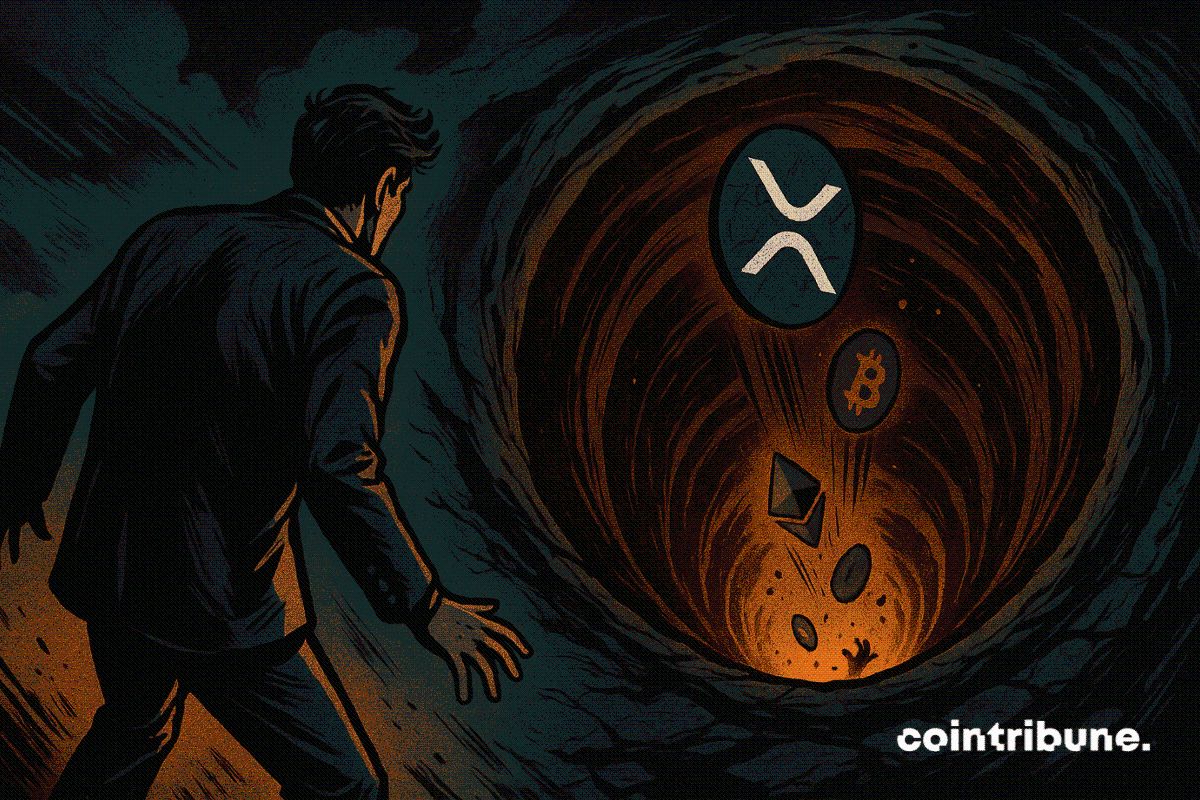Ethereum Breaks ATH in Japan and Korea in Local Currencies
Ethereum achieves local ATH in Japan and Korea, supported by domestic demand and institutional ETH acquisition strategies.
Ethereum reached new local all-time highs in both Japan and South Korea on Sunday. The reason is likely to be the rising domestic demand rather than currency effects.
By Monday morning, ETH is trading slightly off the intraday high but still well above recent averages.
Japanese Yen, Korean Won Denominated Prices Soar
On August 10, Ethereum briefly touched ¥639,455 in Japan by CoinMarketCap data, surpassing its previous local record of ¥632,954 yen set on December 17, 2024.
While ETH’s dollar-denominated price hovered around $4,300 at the time—still 12% short of the $4,891 ATH in November 2021—the yen-denominated price for the second largest cryptocurrency has already broken a record.
In South Korea, Ethereum hit ₩5,971,000 on August 10 by Upbit exchange data, eclipsing the previous local peak of ₩5.9 million from December 2021. This marked the highest Korean won-denominated price in nearly 3 years and 8 months.
Investors who track only US dollar charts may miss key regional signals. Local peaks often appear first where currency trends and demand align.
Exchange Rate Effect? Not Likely
Cryptocurrency price changes in non-dollar terms are often linked to exchange rate effects. In this case, however, that is unlikely. Year to date, the won–dollar rate fell from ₩1,476.23 to ₩1,388.77, and the yen–dollar rate fell from ¥157.33 to ¥147.65.
Both currencies appreciated against the dollar during this period. Normally, a stronger local currency means a smaller gain when converting from dollars. Yet Ethereum prices in both South Korea and Japan rose more than dollar prices.
This suggests increased domestic demand in both markets. Trading occurs in local currencies on domestic exchanges in the two countries, and foreign investors cannot open accounts. These restrictions are due to foreign exchange regulations limiting overseas participation.
Apparently, the Japanese and Korean public welcomed the multiple catalysts that underpinned ETH’s price advance, including expanding corporate adoption beyond Bitcoin and a US presidential executive order permitting cryptocurrency investments within 401(k) retirement plans. The US Securities and Exchange Commission’s (SEC) withdrawal of litigation against Ripple also buoyed the broader altcoin market.
The rally has also been supported by a surge in Ethereum purchases from publicly listed US companies implementing what is dubbed an “Ethereum Treasury” strategy—systematic, strategic accumulation of ETH as a corporate asset.
For instance, Bitmine now holds over $2.9 billion in Ethereum after rapidly accumulating 833,137 ETH in just 35 days. The firm aims to control up to 5% of ETH’s total supply through aggressive accumulation and strategic liquidity partnerships. This approach positions Bitmine ahead of public company peers, solidifying its lead in institutional Ethereum holdings.
Disclaimer: The content of this article solely reflects the author's opinion and does not represent the platform in any capacity. This article is not intended to serve as a reference for making investment decisions.
You may also like
Stablecoins in 2025: You Are in Dream of the Red Chamber, I Am in Journey to the West
But in the end, we may all arrive at the same destination through different paths.

XRP’s Extreme Fear Level Mirrors Past 22 % Rally

Critical Bitcoin Bear Market Signal: 100-1,000 BTC Wallet Buying Slows Dramatically
Stunning Bitcoin Whale Awakening: Dormant Addresses Move $178M After 13 Years
